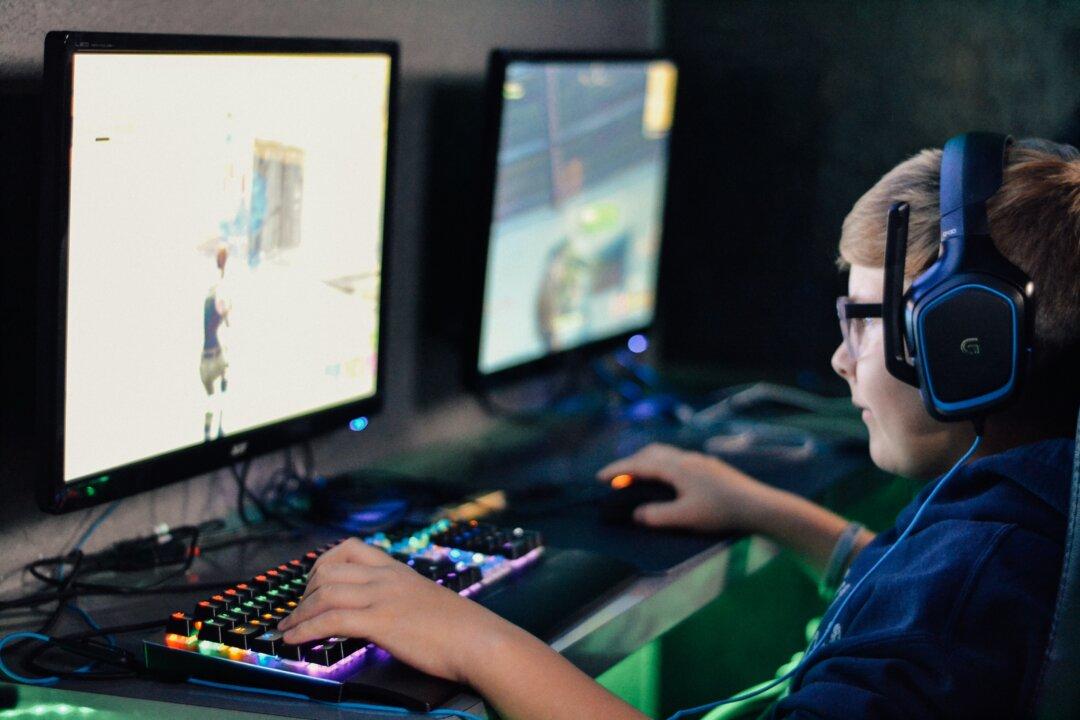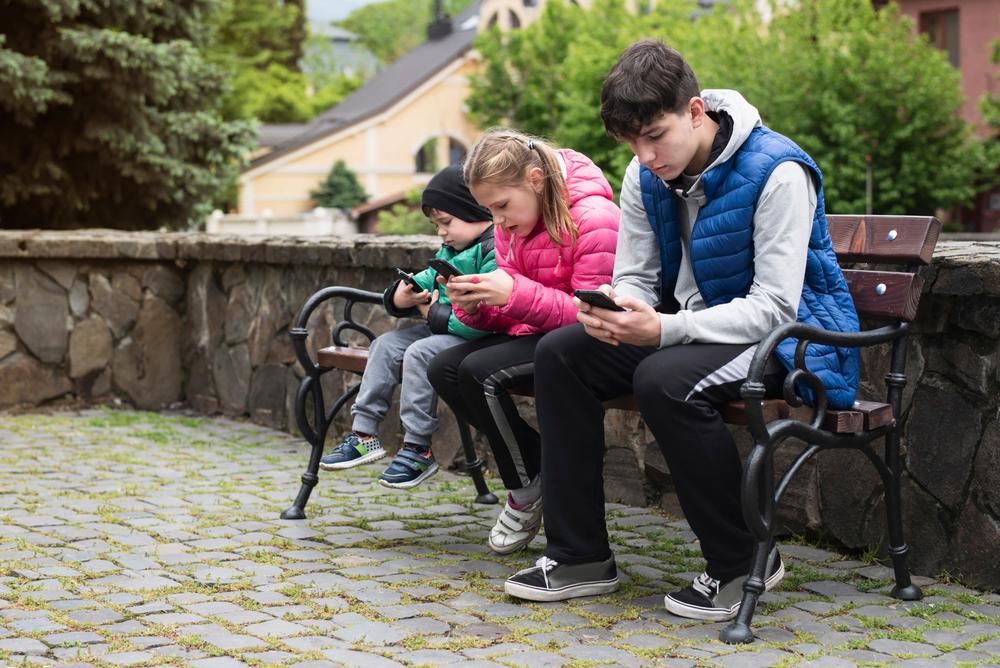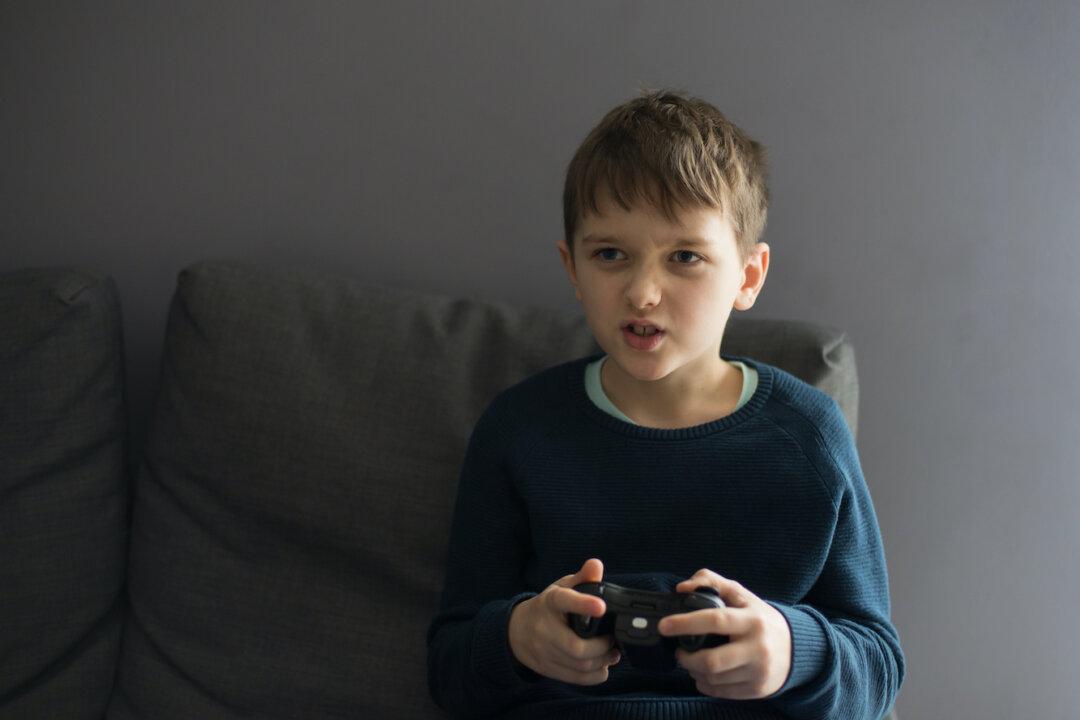Note: This piece was written with boys in mind, however, girls have struggles with video games too.
Many parents think it’s an overreaction to believe violent video games make kids violent. We read articles to confirm our bias and we settle on the opinion that video games are a harmless form of entertainment—just like a movie. But the reality is, video games are not a passive activity. Violent video games become a substantial part of your child’s entertainment time. Because of this, he becomes prone to stronger aggressive behavior in real life.





